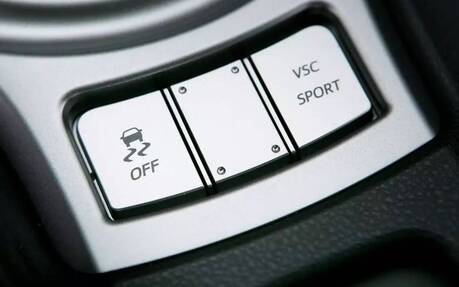Electronic Stability Control: How Does it Work?
The democratisation of safety systems in the automotive industry is one of the best things that have happened to motorists, because everyone should feel safe and well protected on the road.
The new modern driving aids are drawing our attention, and the carmakers put a lot of emphasis on them, but we should not forget about more “basic” technologies like the electronic stability control.
This system designed to stabilise the vehicle and avoid control losses was marketed for the first time in 1995 by the German supplier Bosch under the name Elektronisches Stabilitätsprogram. Closely linked to the electronic traction control, or anti-skid system, it operates using the same elements, mainly the anti-lock brakes and the engine’s torque, to prevent the vehicle from skidding, especially in curves.

in a nutshell, the electronic stability control starts working when one of these two conditions is detected:
- Understeering: The front part of the car is drifting more than the rear and the vehicle tends to go straight instead of following the curve. The system corrects the trajectory by applying the brakes on the inside rear wheel. In case of heavy understeering, the system also controls the front wheels.
- Oversteering: The rear part of the vehicle is drifting more than the front and if the trajectory isn't corrected quickly, the car will get into a spin. To avoid this, the system will apply the brakes on the outside front wheel. In case of heavy oversteering, the brakes will also be applied on the outside rear wheel.
In both cases, if the driver pushes hard on the accelerator while the system is trying to rectify the trajectory, the engine’s torque will be reduced, so the ongoing corrections can be effective. These parameters are monitored by several sensors (wheel rotation speed, steering wheel angle, rate of yaw and lateral acceleration). The computers analyse them to see if the vehicle’s actual trajectory is the same as the one wanted by the driver.

Naturally, the electronic stability control is automatically activated every time you start the engine. However, most recent models have a button to turn it off, but this is mainly for experienced drivers who want to have more control on their machine, on a racing track for example.
In closing, it’s good to remember that you can still lose control of your vehicle even if the electronic stability control is activated, especially on slippery surfaces. Caution is always advised. Also, for the system to do its job properly, your tires must be in good condition and have the right pressure, this is important!
To learn more about it, consult your vehicle’s owner’s manual.
